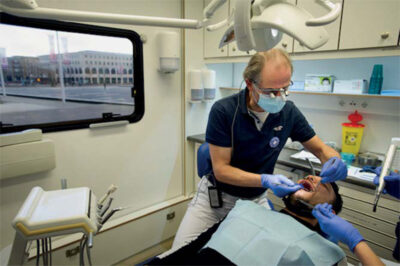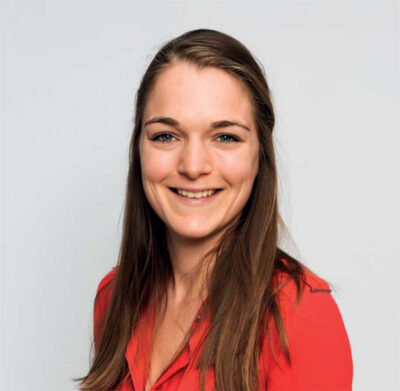Main content
Thom Hendriks (32), Global Health and Tropical Medicine doctor, recently came back from Tanzania. Over the past two years, he was working as a medical doctor and a burn care researcher at Haydom Lutheran Hospital. Currently, he is working as a PhD-candidate at the Plastic Surgery department of the Amsterdam University Medical Centre (AUMC). Thom tells about his experiences below. ‘Haydom Lutheran Hospital is a fairly large hospital, with 10 Tanzanian specialists, 10 residents and 24 interns. It has four departments: surgery, paediatrics, obstetrics and internal medicine. I was mostly working at the surgery department.’
Thom’s week consisted of daily ward rounds, radiology meetings, wound care of burn patients, and operations in theatre. Twice a week, he did a 24-hour call. As second on call, Thom was supervising and training the interns. The third on call, the surgeon, was available for consultation. ‘There were many patients in need of surgery and only few doctors available, so the exposure to pathology and surgery was large, and the learning curve steep.’
Burn care research
Burn wounds are common in sub-Saharan Africa. A frequent complication of burn wounds is burn scar contractures. Contractures are excessive scar formations that can impair joint flexibility and cause disability in patients. Together with his supervisors Matthijs Botman and Paul van Zuijlen Thom decided to set-up a research project about burn care. ‘During our work, we noticed that the evidence in the field of burn wounds is scarce. Surprisingly, this lack seems not only relevant for sub-Saharan Africa, but globally. For instance, worldwide very few longitudinal studies looked into the development of burn scar contractures in burn survivors. Also, few looked into the effectiveness of reconstructions of these contractures.’
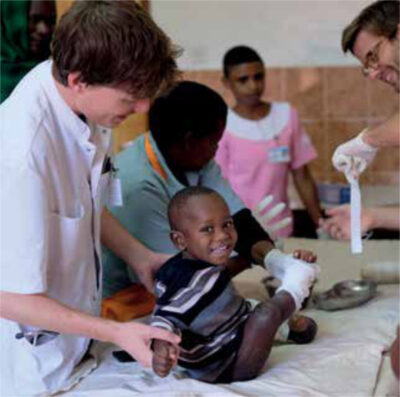
To address this Thom embarked on two studies. In the first study he followed patients with a burn wound for one year to study how often burn scar contractures develop in the setting of his hospital. For instance, after one year, 31% of patients developed contractures, compared to 20.9% in the Netherlands. In the second study he follows patients that underwent complex reconstructions of such contractures to study the impact of the surgery. These reconstructions are performed during short-term surgical missions by his supervisors and plastic surgeons of the Amsterdam UMC and Burn Center Beverwijk, supported by Doctors of the World.
Research can help you broaden your horizon
‘Doing research in a resource-limited setting is pioneers work’, says Thom. ‘The staff is occupied with clinical tasks, and research is not a priority. This means that you have to set up and do most of the data collection yourself. However, in Haydom the situation was very good. They have their own research department and they supported me. The presence of all the interns and registrar doctors made it possible for me to spend extra hours on my project. And some of the doctors were very interested to learn about research and joined me along the way.’
Thom is enthusiastic when he tells about the benefits of doing research. ‘Besides the knowledge you generate with the research, there are more benefits. Research can broaden your horizon, it gives you a long-term perspective’, Thom explains. ‘Global Health doctors are usually busy with their daily clinical work. If it is possible to devote some of your time to research, it may help to change your perspective. You can focus on a single topic; you have long-term goals and follow patients for a longer time. This helps to build a sustainable relationship with the hospital and its patients. On the other hand, the research project can also be beneficial for the hospital. For instance, results can be used to implement quality improvements and to strengthen the local healthcare system over time.’
Building sustainable bridges between high and low-income countries
When asked what the added value of Global Health doctors is, Thom replies: ‘Global health doctors are capable of building bridges and establishing sustainable partnerships. For instance, we can connect the academic knowledge and skills of the Amsterdam UMC with the needs and requirements of Haydom Lutheran Hospital. As a global health doctor we can stay for a long time, and we can learn from each other via bilateral knowledge exchange. While I taught my colleagues about burn care and skin grafting, I learned from them as well – about the extensive pathology we saw, how to treat severe cases, the way culture interacts with our work and how to approach patients in such a setting. Another example is a Tanzanian colleague and friend of mine who came to the Netherlands and followed a course on Global Surgery at Utrecht University. Such exchange programs are very valuable, and I hope they will become more common. I believe it is worthwhile to strengthen such sustainable collaborations in global health.’
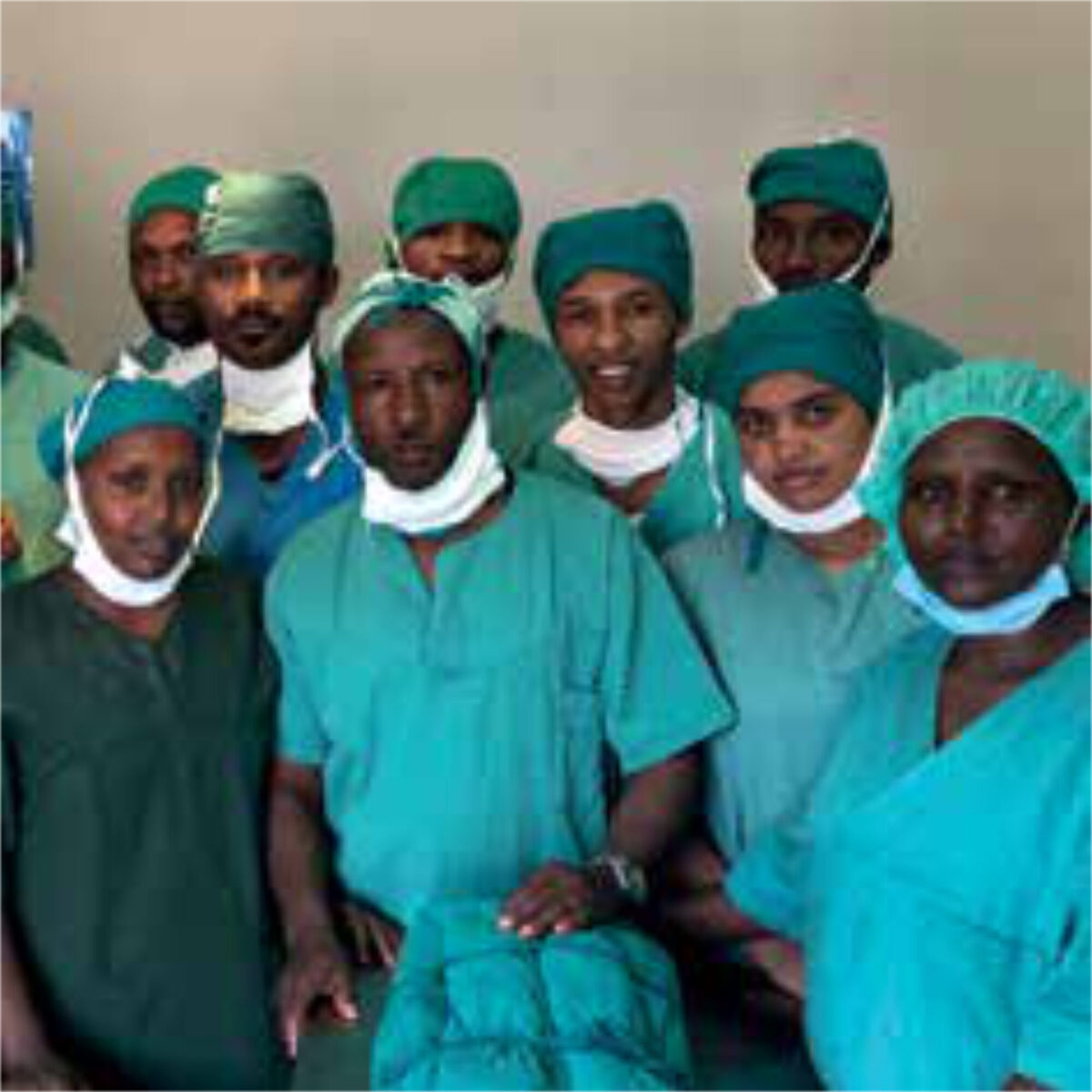
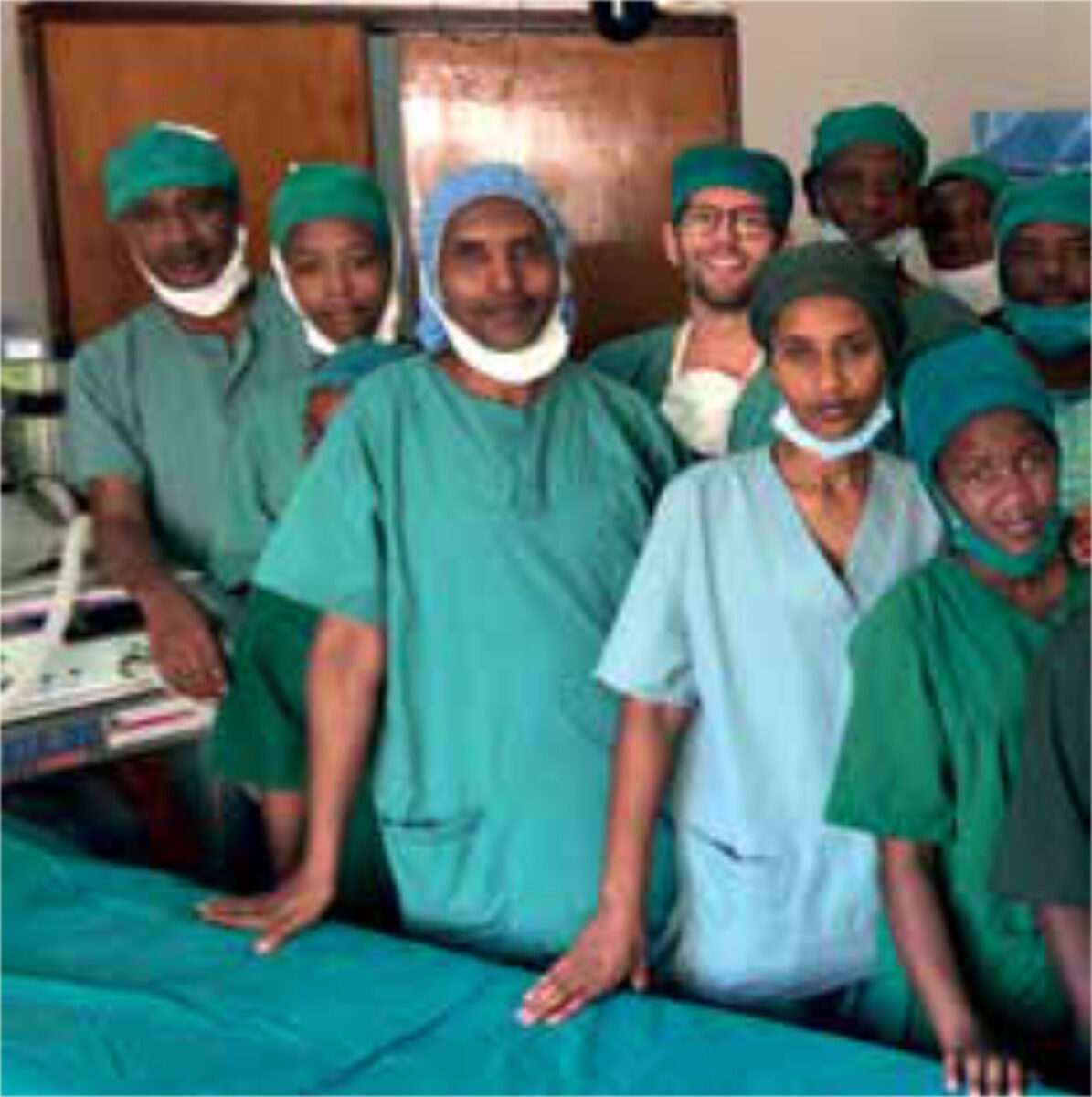
Telling the stories of the patients
Thom is now preparing journal publications of the studies that he conducted and he is enjoying it. ‘Research helps me to tell the important stories of the patients and doctors that I met. As global health doctors, we see, do and learn a lot. Since returning to the Netherlands, I have many stories to share, in particular about the lack of burn care for patients in Tanzania or the challenges that doctors face when treating patients with burns. With the results of my study, I can also support these stories with research data so that they become more powerful. It gives me the opportunity to share these patients’ stories at conferences and publish them in medical journals, so their voices will be heard. In the end, it’s not about the numbers, it’s about the message.’

| Into the World campaign medical doctor global health and tropical medicine Into the World is a campaign that was launched by members of the Dutch Society for Tropical Medicine (NVTG) to raise awareness of the role of Dutch medical doctors in Global health and Tropical Medicine (AIGT). A beautiful book was published with personal stories and perspectives on international health, available in both Dutch and English. This fall, the campaign is publishing brand new online material containing stories on the important work in the field of Global Health that these passionate doctors do. Interested? Take a look via our website www.mdglobalhealth.com, via Instagram (campagne.intotheworld) and our Facebook page (@artsIGT)! Into the World calls for a change in the Dutch training climate for medical doctors – striving for attention towards and awareness of the importance of Global Health as well as sustainable training for Global Health doctors. Our climate is changing. In this time of globalization, we are all world citizens. It is time that our government takes responsibility for sustainable funding for the training of global health doctors. [1] The system is in place, doctors are keen, and the training program is recognized by the Royal Dutch Medical Association (KNMG) – what remains is only a small step out Into the World. |
References
- de Zeeuw J, van de Kamp J, Browne JL. Medical schools should ensure and improve global health education. Lancet. 2019; 394(10200): 731. doi: 10.1016/S0140-6736(19)31254-1.
- Mooij R, Jurgens EMJ, van Dillen J, Stekelenburg J. The contribution of Dutch doctors in Global Health and Tropical Medicine to research in global health in low- and middle-income countries: an exploration of the evidence. Tropical Doctor (2019); 0(0) 1-7. DOI: 10.1177/0049475519878335.

















































